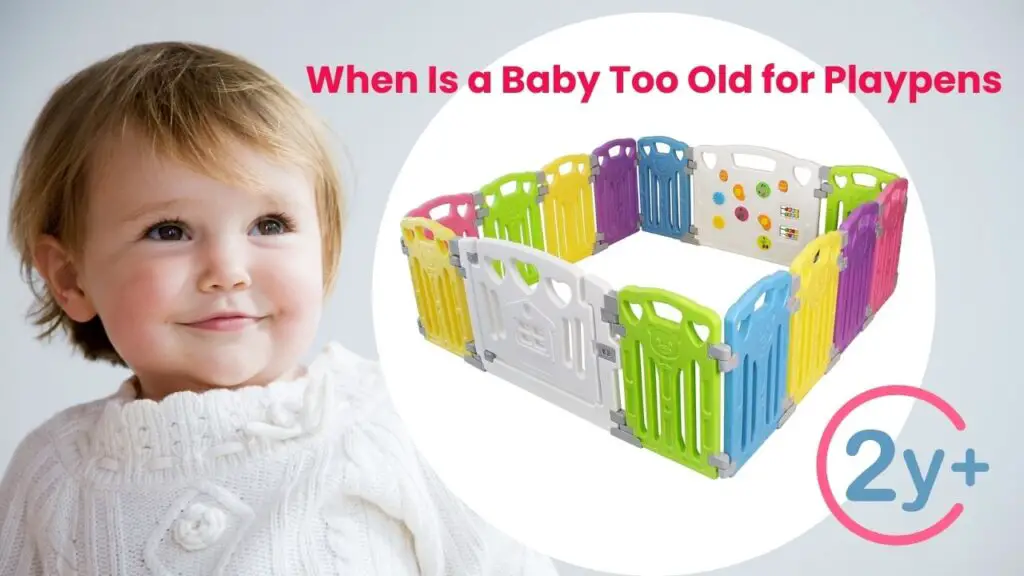9 Safety Tips for Buying a Baby Swing
A baby swing can be a great tool for calming and entertaining your little one. It can provide a soothing motion that can help your baby fall asleep, and it can also be a great way to entertain your baby while you are busy with other tasks. However, it is important to choose a baby swing that is safe and suitable for your baby’s weight and age. In the article “Tips for Buying a Baby Swing”, we will provide nine safety tips to help you choose the right baby swing for your little one. By following these tips, you can ensure that your baby is safe and comfortable while using their swing.

Here are 9 Safety Tips for Buying a Baby Swing
1. Look for safety certifications:
Before purchasing a baby swing, make sure it has been certified by organizations such as the Juvenile Products Manufacturers Association (JPMA) or the American Academy of Pediatrics (AAP). These certifications indicate that the swing has been tested for safety and meets certain standards.
2. Check the weight limit:
Make sure the swing you choose is suitable for your baby’s weight. Most swings have a maximum weight limit, and using a swing that is not designed for your baby’s weight can be dangerous.
3. Check the harness:
Make sure the swing has a sturdy harness that will keep your baby securely in place. The harness should be easy to use and adjust and should be made of a durable material that will not break or wear out easily.
4. Look for a stable base:
A stable base is important to ensure that the swing will not tip over. Look for a swing with a wide base and non-slip feet to keep it in place.
5. Avoid swings with strings or cords:
Strings and cords can present a choking hazard for babies. Look for a swing with no cords or strings that your baby could reach or pull on.
6. Choose a swing with a reclining seat:
A reclining seat will help keep your baby’s head from falling forward and will be more comfortable for them.
7. Avoid swings with hard edges:
Hard edges can be dangerous for babies. Look for a swing with rounded edges or a swing that is made of soft materials.
8. Check the swing’s mechanism:
Make sure the swing’s mechanism is smooth and easy to operate. The swing should be easy to start and stop, and should not make any loud or uncomfortable noises.
9. Always supervise your baby while they are in the swing.
Even the safest swing can be dangerous if your baby is not properly supervised. Never leave your baby unattended in a swing, and always make sure you can see them while they are in it.

In conclusion, a baby swing can be a great addition to your baby’s gear, but it is important to choose one that is safe and suitable for your baby’s weight and age. By following the safety tips discussed in this article, such as looking for safety certifications, checking the weight limit and harness, looking for a stable base, and avoiding swings with strings or cords, hard edges, and ensuring smooth mechanism and easy operation, you can ensure that your baby is safe and comfortable while using their swing. It is always important to supervise your baby while they are in the swing and never leave them unattended. With the right baby swing, you and your little one can enjoy the many benefits it provides.


